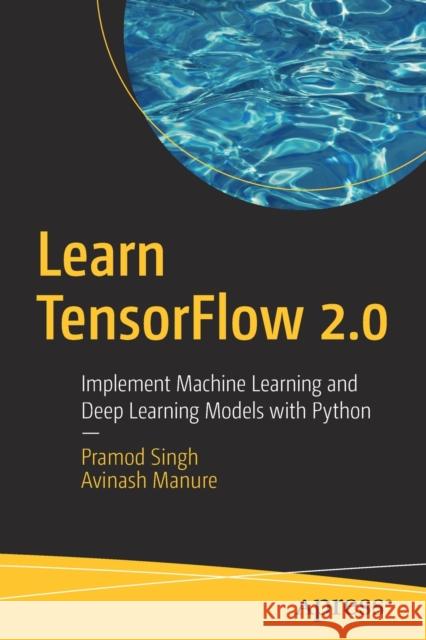Learn Tensorflow 2.0: Implement Machine Learning and Deep Learning Models with Python » książka
topmenu
Learn Tensorflow 2.0: Implement Machine Learning and Deep Learning Models with Python
ISBN-13: 9781484255605 / Angielski / Miękka / 2020 / 164 str.
Learn Tensorflow 2.0: Implement Machine Learning and Deep Learning Models with Python
ISBN-13: 9781484255605 / Angielski / Miękka / 2020 / 164 str.
cena 171,00
(netto: 162,86 VAT: 5%)
Najniższa cena z 30 dni: 170,53
(netto: 162,86 VAT: 5%)
Najniższa cena z 30 dni: 170,53
Termin realizacji zamówienia:
ok. 16-18 dni roboczych
Dostawa w 2026 r.
ok. 16-18 dni roboczych
Dostawa w 2026 r.
Darmowa dostawa!
Kategorie:
Kategorie BISAC:
Wydawca:
Apress
Język:
Angielski
ISBN-13:
9781484255605
Rok wydania:
2020
Dostępne języki:
Ilość stron:
164
Waga:
0.26 kg
Wymiary:
23.39 x 15.6 x 0.99
Oprawa:
Miękka
Dodatkowe informacje:
Wydanie ilustrowane











